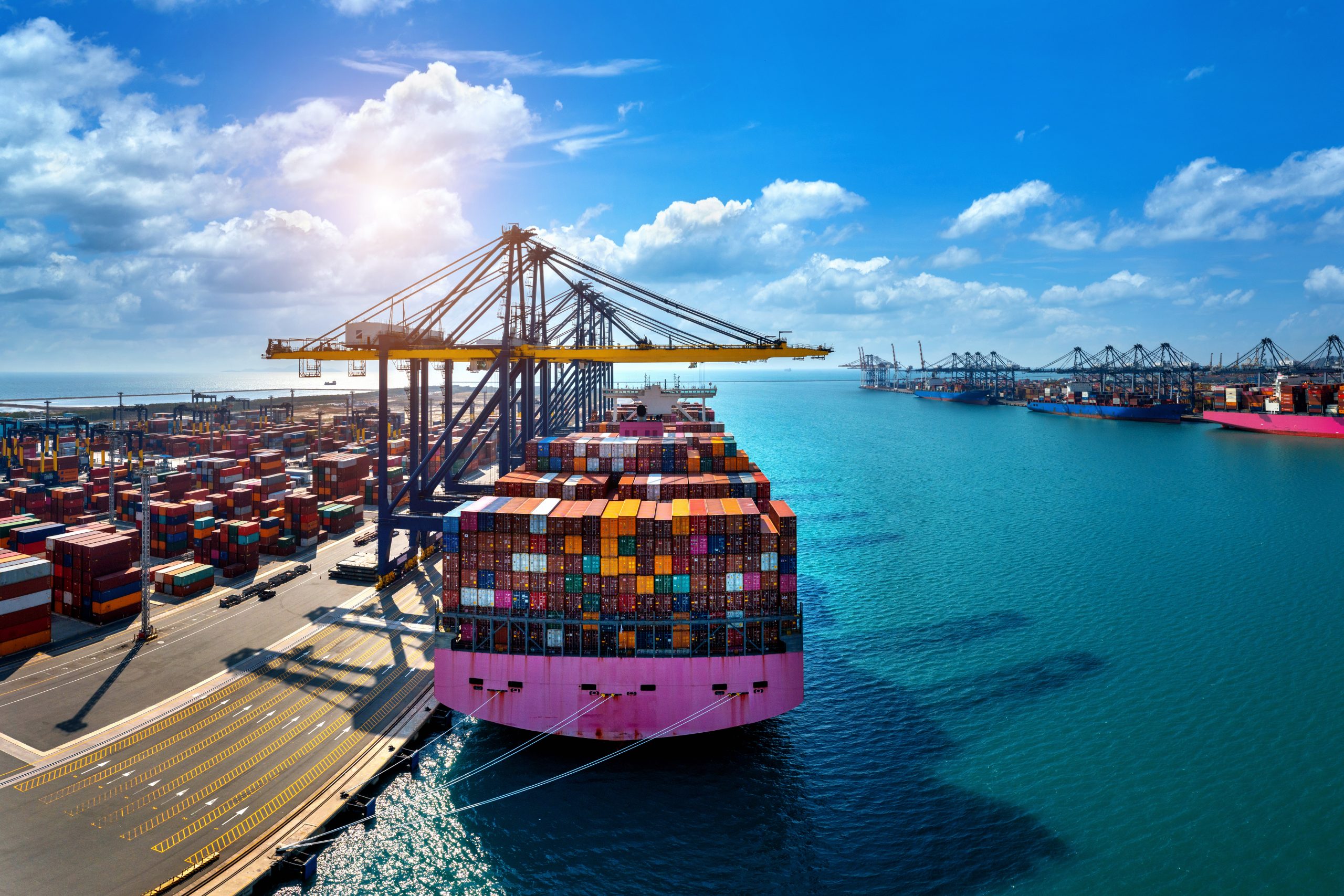News Highlights:
Recently, Chinese Customs data shows India’s bilateral trade with China reached a record $135.98 billion in 2022, driven by surging Indian imports of Chinese goods that were up by more than 21% last year.
Key Takeaway:
General Administration of Customs (GAC) in Beijing released the report, which shows India’s imports surged from $97.5 billion to $118.5 billion.
Key Highlights of the report:
- India’s export:
- India’s exports to China fell in 2022, driving a significant trade deficit beyond the $100 billion mark for the first time.
- India’s exports to China fell from $28.1 billion to $17.48 billion.
- The trade deficit reached $101.02 billion, up by 45% from $69.4 billion in 2021.
- India’s imports:
- India’s imports account for $118.5 billion, up from $97.5 billion.
- For India, trade last year surpassed a record year in 2021.
- India increased imports of intermediate goods and new categories of goods, such as medical supplies.
- India’s biggest imports from China included active pharmaceutical ingredients (APIs), chemicals, electrical and mechanical machinery, auto components, and medical supplies.
- China’s total foreign trade:
- China’s total foreign trade in 2022 hit a record high, up 7.7% to $6.25 trillion.
- China’s biggest trading partner is with ASEAN countries, which increased 11.2% to $975.34 billion.
- The EU ranked second among China’s trading partners, with trade up 2.4% to $847.32 billion.
- Followed by the U.S., with trade up 0.6% to $759.42 billion.
The consequence of heavy Import Reliance on China:
- Political and security challenges:
- From the government’s perspective, the political and security challenges are deepened when the state is dependent on importing products and services from an unfriendly country.
- Approximately 24% of coal energy generated in India may be from plants using critical equipment imported from China. This, therefore, may not necessarily be considered a strategic dependence but is certainly a form of a security challenge.
- While there are demands to limit or block such imports from China, this would force private Indian power companies to suffer higher costs.
- Indian Markets:
- India imports most of the Active Pharmaceutical Ingredients (APIs) it uses in its pharmaceutical industry from China. Chinese APIs are cheaper than Indian ones, even in the Indian market.
- The depth of the problem was revealed during the Covid-19 pandemic. Due to travel restrictions, exports of Chinese APIs to India were temporarily restricted; consequently, India had to cut its exports of APIs too.
Why the trade deficit has widened:
- Narrow basket of commodities mostly primarily for exporting to China
- Lack of market access for most of India’s agricultural products and the sectors where India is competitive such as pharmaceuticals and IT.
Steps to reduce dependence on China:
- Increasing scrutiny of Chinese investments:
- Increasing scrutiny of Chinese investments in various sectors, as well as a move to exclude Chinese companies from 5G trials.
- To prevent “opportunistic takeovers” of domestic firms, the government has also made prior approval required for foreign investments from nations that share a land border with India, a move that will limit FDI from China.
- Enhanced domestic production:
- To reduce reliance on China for APIs (Active Pharmaceutical Ingredients), the government approved in March 2020 a package of four schemes totalling Rs. 13,760 crores to enhance the domestic production of bulk drugs and medical devices in the country as well as their exports.
- Global supplier and reduce imports:
- The Ministry of Commerce and Industry identified 12 sectors in 2020 to help India become a global supplier and reduce imports.
- Industrial machinery, Food processing, organic farming, iron, aluminium, copper, agrochemicals, electronics, furniture, leather and shoes, auto components, textiles, coveralls, masks, sanitisers, and ventilators are among these sectors.
WayForward:
- India cannot wholly end its strategic dependence on importing the most crucial products. What it can do, however, is diversify this dependence by reducing China’s role in it.
- India can diversify its dependence by working more with the U.S., Europe, South Korea and Japan. This way, it will increase its reliance on countries with which it also enjoys good political relations.
- Providing further impetus to self-reliance in major sectors where India is a net importer is a prudent way forward where technology and capital will have a huge role to play.
Pic courtesy: Freepik
Content Source: The Hindu



